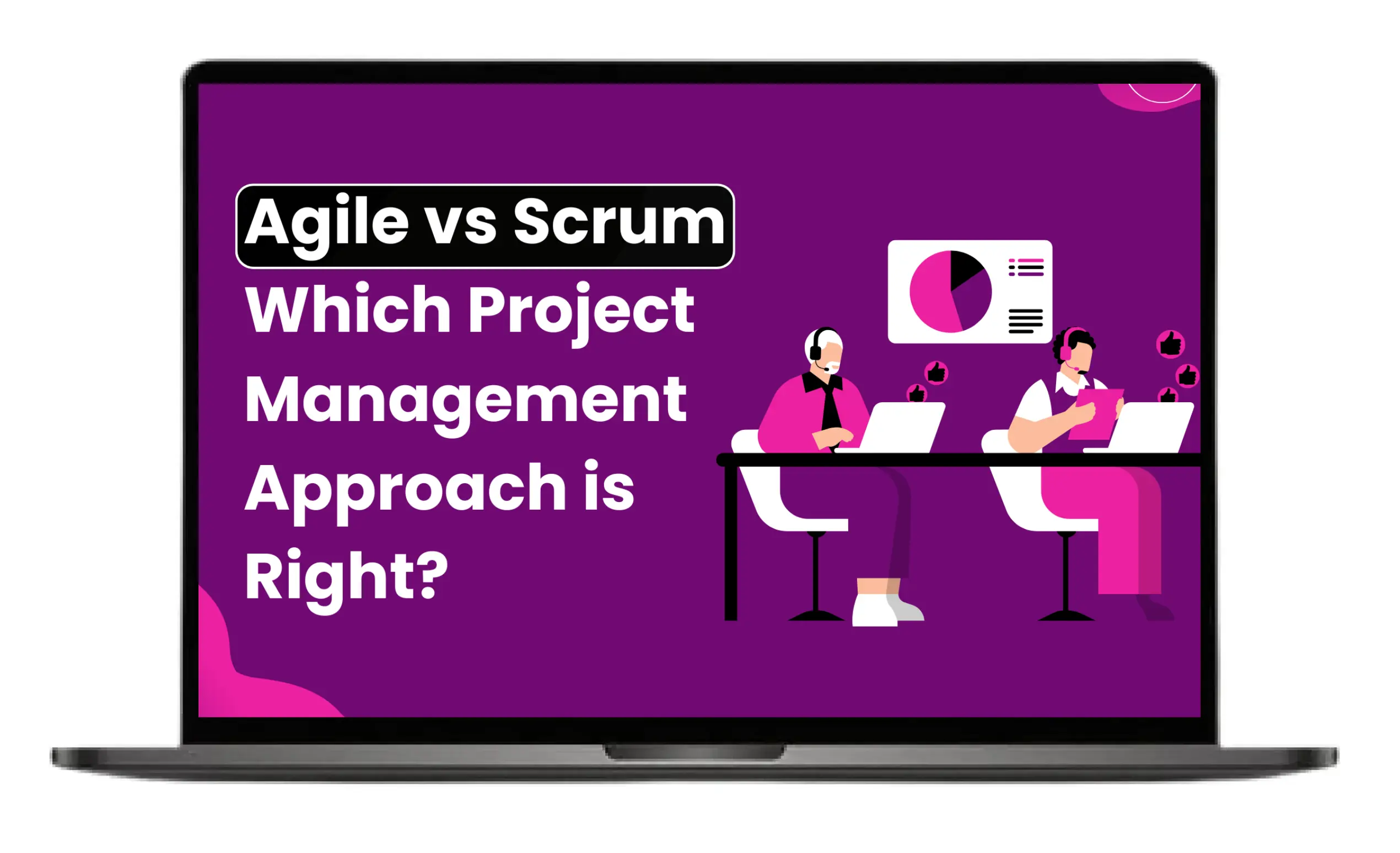A feasibility study reviews a project in detail. It examines key factors for success. It checks how likely the project is to succeed. The focus is often on ROI and profits. A feasibility study also called a feasibility report or analysis checks if a project can succeed.
It looks at how practical your project plan is and helps decide if you should move forward or not.
The feasibility study answers two questions:
1. Do we have the tools and resources to finish the project?
2. Will the project give enough benefits to make it worthwhile?
3. Should I continue with the project or not?
Evaluating these factors helps avoid costly mistakes. It ensures better decision-making. A feasibility study helps you save time and focus on the right projects. In this guide, we’ll explain what a feasibility study is, explore its key types, and show how it helps in project planning. Whether your project is big or small, a feasibility study is the first step toward success.
Types Of Feasibility Study
1. Technical Feasibility
A technical feasibility study checks technical resources. It ensures you have the right tools needed. It also checks if you have enough equipment. The study assesses whether your team has the necessary technical skills and expertise to achieve the project goals.
2. Financial Feasibility
A financial feasibility study evaluates the project's financial viability by analyzing its development cost including design cost and operational cost, potential revenue, and return on investment (ROI). It includes a cost-benefit analysis and predicts the return on investment (ROI). The study highlights any financial risks involved.
The goal is to understand the project’s economic benefits. It helps decide if the project is worth pursuing.
3. Market Feasibility
A market feasibility study checks how your project will perform. It evaluates how the deliverables will do in the market. This study includes a detailed market analysis. It also examines your competition in the market. Additionally, it provides sales projections for the project.
4. Operational Feasibility
An operational feasibility study checks if your team can complete the project. It looks at staffing requirements, team composition, and your organization's ability to support the project. It also reviews any legal requirements for the project. By the end, you’ll know if you have the resources, skills, and abilities to finish the work.
5. Legal Feasibility
A legal feasibility study ensures the project complies with all applicable laws and regulations. It looks at permits, licenses, and certifications needed. It also reviews the legal risks or liabilities involved. Intellectual property issues are also considered. This study ensures that the project complies with all relevant laws and regulations, avoiding potential legal issues.
Steps To Conduct a Feasibility Study
You may not conduct the feasibility study yourself, but you might need to share insights and information. To do the study, hire an expert or check if your software project management office (PMO) can handle it. Here are the basic steps they’ll follow to complete it:
1. Run a preliminary analysis
A feasibility study takes a lot of time. Before starting, check for big issues that could stop the project. For example, if the budget needed is much higher than what you have, the project won’t work. Similarly, if the project must launch by a certain date but will take months longer, it’s not possible. These big problems make a feasibility study unnecessary since the project clearly won’t succeed.
2. Evaluate financial feasibility
A financial feasibility study is like a planned income statement for the project. It shows the expected income and the time and money needed to reach the goals.
Check if the project will affect your business’s cash flow. For complex projects, your PMO or consultant might work with your financial team. Together, they can do a cost-benefit analysis to see if the project is worth it.
3. Run a market assessment
A market feasibility study helps you understand the demand for your project in the market. It estimates how much revenue the project could make and points out any risks you might face.
This part of the feasibility study is very important. It helps you decide if there’s a real opportunity in the market. During this study, you should carefully look at what your competitors are doing. Also, study the demographics of your target audience, like their age, interests, or location. This information will give you a clearer idea of how successful your project might be.
4. Consider technical and operational feasibility
Even if the finances look good and the market seems ready, your organization might not be able to handle the project. To check operational feasibility, think about the staff, equipment, and other resources needed. Consider how much time, money, and skills are required for the project to succeed.
For some projects, it’s also important to look at legal factors. For example, if the project includes creating a new patent, you’ll need to involve your legal team. Be sure to include this requirement in the project plan.
5. Review project points of vulnerability
At this stage, your PMO team or consultant reviews all parts of the feasibility study. It covers financials, market analysis, technical feasibility, and operational feasibility. Before giving recommendations, they check for mistakes or inconsistencies. For example, they ensure the income statement aligns with the market analysis.
They also review technical feasibility to spot any major risks. If big risks exist, they suggest a backup plan. For complex projects, the study may not give a clear yes or no. Instead, it helps you ask the right questions. It also gives answers to make the best decision for your project and team.
6. Propose a decision
The last step of the feasibility study is creating an executive summary. This overview addresses the most important ideas and offers a solution. Depending on the project’s size and complexity, your PMO team or consultant may share the study with stakeholders. They might also present it to the group to answer questions in real-time. Either way, the study gives your team the information needed to make a smart decision.
Benefits Of Conducting Feasibility Study
Feasibility studies are important when starting a new project. Approving a business plan is an investment, so it’s important to review all aspects. This includes everything from planning to completion.
Here are some reasons why feasibility studies matter:
- It helps decide whether to move forward or not
- Improves the project team’s focus
- Guides the next steps
- Reduces unnecessary business options
- Assesses available and required resources or technology
- Increases the chances of success by analyzing all factors
- Predicts the return on investment
When To Conduct A Feasibility Analysis
Conduct a feasibility analysis before starting any major project or initiative. It’s essential for deciding whether an idea is practical, profitable, and achievable. This analysis is especially useful when the project involves significant investments of time, money, or resources.
It assists in identifying possible project management challenges, assessing risks, and figuring out whether the project is in line with the objectives of your company. Conducting it early ensures better decision-making and avoids costly mistakes later.
Importance Of Feasibility Study In Project Management
A feasibility study in project management is important because it checks if a project is realistic and achievable. It examines the essential components like expenses, resources, market demand, and risks. The study also evaluates if the project fits the organization’s goals and priorities.
This process helps avoid wasting time, money, and effort on unworkable ideas, ensures the project has a solid foundation before moving forward, and provides insights to address potential challenges early. It increases the chances of project success.
Frequently Asked Questions
1. What is the main purpose of a feasibility study?
A feasibility study's primary goal is to determine whether a project is possible, practical, and useful. It determines possible obstacles, evaluates the advantages and disadvantages, and makes sure that the project is in line with corporate objectives. This facilitates the process of making accurate decisions before investing time and money.
2. What is an example of a feasibility study?
An example of a feasibility study is assessing the construction of a new office building. Costs, location suitability, necessary resources, and potential difficulties would all be examined in the study. This ensures the project is financially and practically viable before starting.
3. What is the difference between a feasibility study and planning?
A feasibility study considers costs, risks, and resources to determine whether a project can be accomplished and beneficial. Planning comes after the feasibility study and outlines the steps, timelines, and tasks to execute the project. Feasibility focuses on "Can we do it?" while planning focuses on "How will we do it?"
4. How to write a feasibility report?
To write a feasibility report, start by outlining the project idea and its objectives. Add sections on potential dangers, technical and operational sustainability, market analysis, and financials. Provide suggestions in your conclusion based on the results.
5. How to perform a feasibility study?
To collect relevant information, establish the project's objectives, and conduct a feasibility study. Examine important areas such as expenses, resources, risks, market demand, and technological needs. Determine whether the project can be executed and worthwhile using this analysis.
6. Why feasibility is important?
Feasibility is important because it helps in:
- Risk Mitigation
- Resource Allocation
- Market Understanding
- Financial Projections
- Strategic Decision Making
- Investor Confidence
Conclusion
In conclusion, conducting a feasibility study is essential. It helps assess whether a project is worth pursuing. The study identifies possible risks, costs, and challenges. It also ensures the project aligns with your organization's objectives. By evaluating financial, technical, and market factors, informed decisions can be made. This process helps prevent costly errors. Regardless of the project's scale, a feasibility study is crucial for ensuring its success.



















